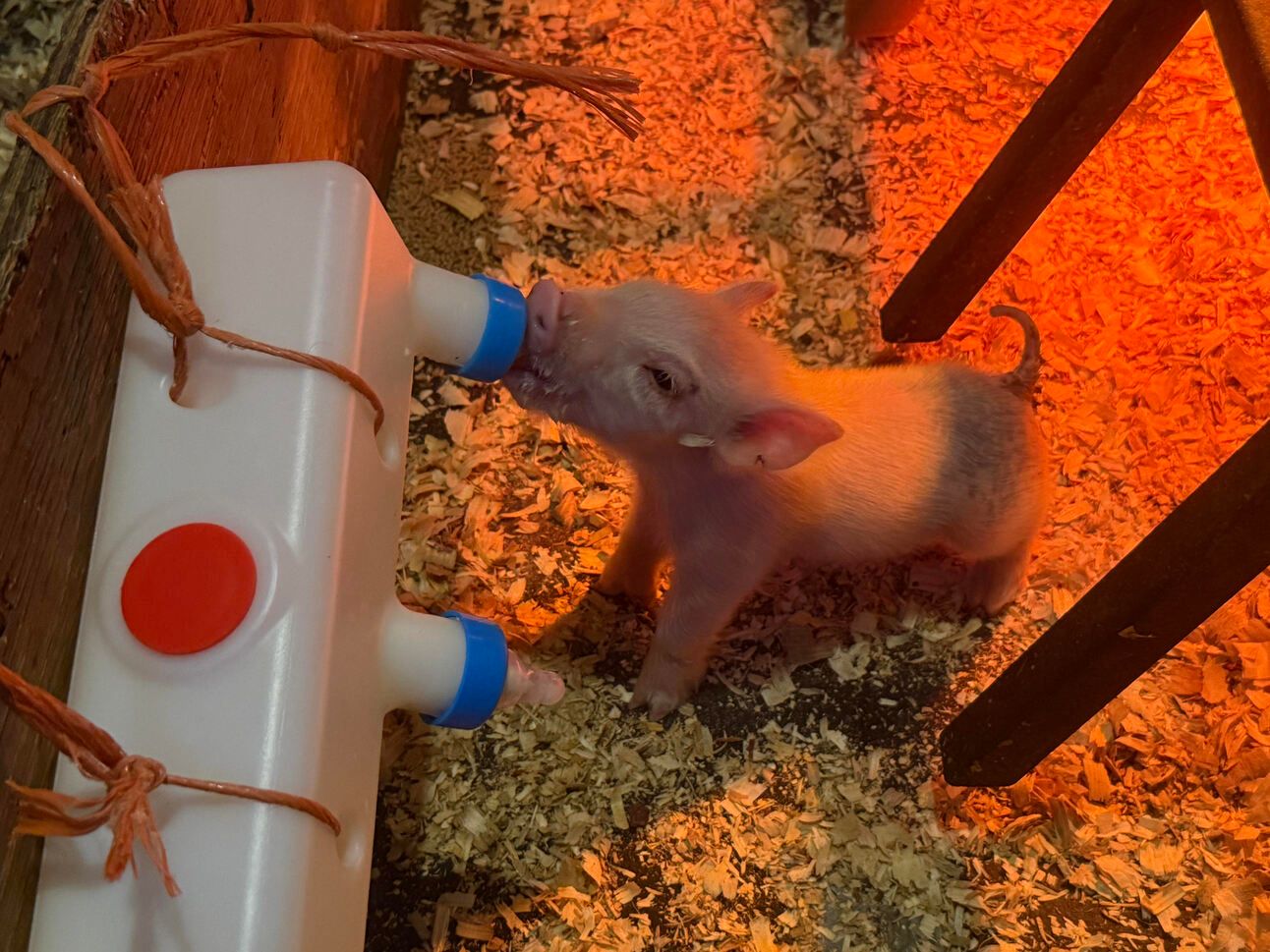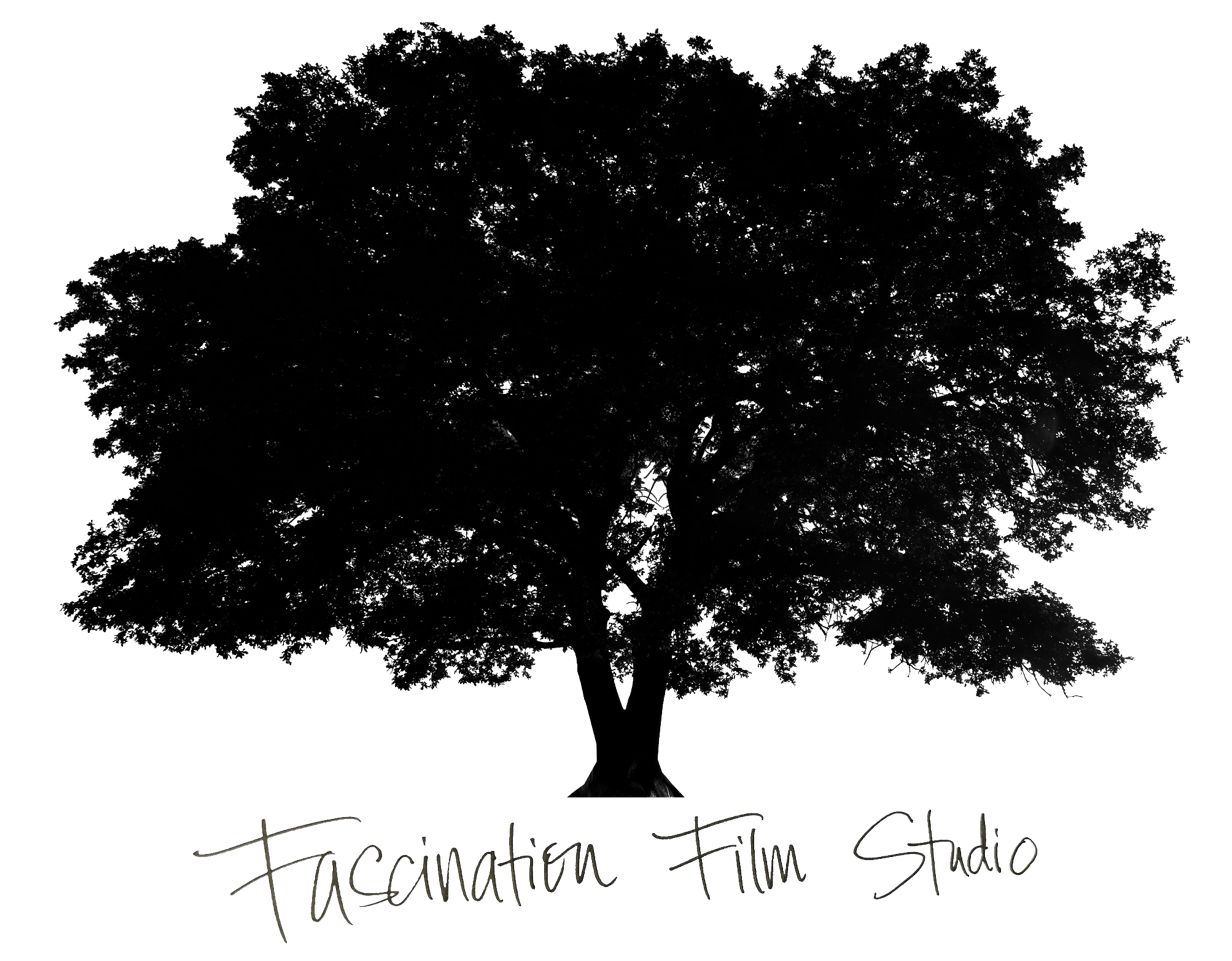
A farm that doesn’t make any money is a sitting duck.
It’s ripe for the picking from the Bezos’ and Gates’ of the world who are now the majority landowners in the U.S. And unless you’re in that situation with the check staring you in the face, I don’t want to hear that you’d make a different choice. Because none of us know ‘til we’re in it.
🪴Rural Musings for the week:
Extra toes = extra headaches
The hardest choices come from the purest places
In decibels, a piglet’s squeal is comparable to a rock concert
Say a prayer for our fellow humans in Texas affected by the devastating flood🙏
Let’s dive in…👇

Why Most People Don’t Make Money Farming
If you follow me on Substack, you know who Mr. Pig is.
I talked about his rough start in life in last week’s edition (you can check it out here if you missed it).
Short version: he’s a 3-week old piglet that was the only one in his litter. His mother didn’t have much milk and we ended up bottle feeding him and weaning him early. A few days later he got an infection (we’re not sure how), almost died, but we brought him back with the help of antibiotics, round-the-clock feedings, and TLC.

Mr. Pig this week - still hanging in there!
As much as we adore him, there’s some hard choices we have to make as he gets older.
We’re in the show pig business. That means we breed, raise and sell high-quality pigs for kids to feed, show, and eventually sell for hundreds, thousands, sometimes even 10’s of thousands of dollars.
And the highest quality pigs are (typically):
Born healthy
Fed well by their mommas
Grow easy, and
Have genetics that help them excel in the show pen.
Unfortunately for Mr. Pig, he’s already missing the first three.
He also has extra dew claws. Just like in dogs, these are extra “toes” on the sides of the leg. In pigs it’s called Polydactyl Inheritance.

Polydactyl Inheritance in pigs - courtesy of ResearchGate.net
These are undesirable for two reasons — they are genetic, meaning they get passed on to the offspring, and they can interfere with the pig’s ability to walk properly.
When we have a boar pig born (an intact male), we have a few decisions to make.
1) Is he good enough to remain a boar?
Are his genetics and how he grows something we want to pass on to another generation?
2) Do we need a teaser boar?
When female pigs are ready to breed, it helps to have an intact male around to release pheromones to help bring the girls into standing heat. This is when we breed them.
3) Is the teaser boar good enough to perform “clean up”?
Meaning, if we needed him to, is he desirable enough as a sire that we’d want him to physically breed any sows that did not get pregnant from our AI breeding?
If the answer to any of these is NO, we’ll castrate him and he’ll either become a show pig, or he’ll get sold as a feeder pig (ie. enter the food supply).
It’s still too early to tell for Mr. Pig, but he’s got a lot stacked against him when we look at him objectively through the lens of our show pig business evaluation system.
And we’re not being “mean”. We aren’t just in it for the money.
But…
This is the reality of how farmers and ranchers HAVE to view their operations in order to stay afloat.
As much as we love our animals, we’re not Charlotte’s Web.
We’re not running a rescue (spoiler alert - rescues need to generate money too).
If you’re farming full-time, that farm HAS to pay for you to eat, have shelter, clothing, insurance, money for gas etc. Basically…it has to pay for you to live.
In our operation, we never let an animal suffer if we can do something about it.
That’s why Mr. Pig is still here.
But that doesn’t mean he’s going to remain on the farm until he’s an old man and life takes him naturally.
What Does This Have to Do With the Price of Eggs In China?
So how can you apply this same principle of objective evaluation to your own rural brand or business?
For me it all comes down to asking myself these questions:
Does this product/service/offer I’m evaluating make sense for my current goals?
If yes, how would I fit it into my daily workflow in order to get the most benefit?
Can I systematize it or how will it make my current processes more efficient?
Will I get a ROI on it? (whether this is financial, relational, educational etc.)
If I answer YES to each of those, I will most likely invest in it.
And unless the answer to all of them is NO, that’s not an automatic pass.
I’ll look at the No’s in the context of where I’m currently at in my business.
I might even hop on a call with the person selling to hear them out, and see if I can both educate myself and possibly build a networking relationship that might be mutually beneficial sometime in the future.
You have to have more than one metric by which to determine if something is “worth it” to you or not.
Bottom Line
We don’t live in a black and white world.
I’m not even sure I wish we did, but the best thing we can do is be honest with ourselves.
If your farm/brand/business isn’t doing as well as you’d like it to, it’s probably because you’re trying to rationalize things instead of objectifying them.
You’re running your business on 80% feelings and 20% logic and you have to flip that.
It doesn’t mean you can’t or don’t care. It simply means you love what you’ve built enough to keep it.
Instead of seeing it in the hands of those who don’t care about it they way you do.
Until next time,
Charlie

Quote of the Week:
"We pay for every lesson with either time or money. And we use the currency we value the least."
- Alex Hormozi (Acquisition .com)
🔦Rural Community Spotlight🔦
👉 Teeg runs Fascination Film Studio, a documentary film company that turns your family (or company or community) story into a compelling film. These films create legacy for families, engage and activate communities, and grow companies. And they cost less than you’d guess.

Before You Go
Last week, 36 people attended my quarterly Rural Writer Workshop. It’s a free, live training where you’ll learn:
The No. 1 way to grow and monetize your rural brand in 2025
How to figure out what your audience really wants (and is willing to pay for)
How to create multiple income streams in 4 hours per week WITHOUT spending hours creating content or learning complicated software
How to use education to sell — even if you hate sales, and it makes you want to bury your head in the sand and hope customers magically throw money at you as they pass by
And much more…
Here’s some of the initial feedback from that session:
If you want to join the waitlist for the next one, click HERE.

📌P.S. First time reading? Join over 800 rural readers. Sign up here.
Don’t keep this a secret: Share the email with friends (copy URL here).
And, as always, send me feedback: [email protected]
The easiest way to stay business-savvy.
There’s a reason over 4 million professionals start their day with Morning Brew. It’s business news made simple—fast, engaging, and actually enjoyable to read.
From business and tech to finance and global affairs, Morning Brew covers the headlines shaping your work and your world. No jargon. No fluff. Just the need-to-know information, delivered with personality.
It takes less than 5 minutes to read, it’s completely free, and it might just become your favorite part of the morning. Sign up now and see why millions of professionals are hooked.


